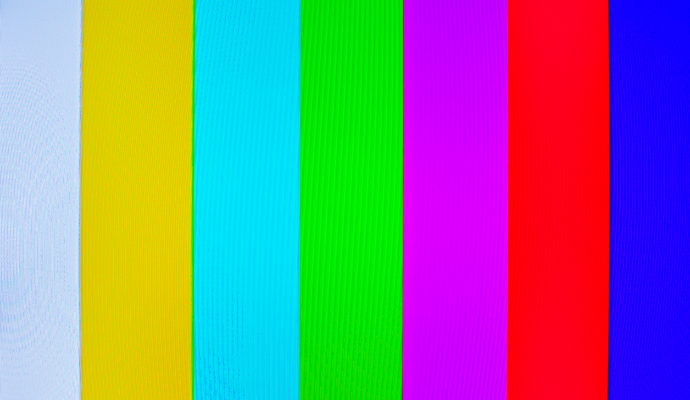YouTube Changes Medical Information Guidelines for Eating Disorder Content
The changes are intended to tamp down on the “imitable behaviors” described in some content about eating disorders, a step YouTube said will improve the medical information on the site.

Source: Getty Images
- YouTube is retooling how it presents medical information on social media by outlining new content policies for videos about eating disorders, the company’s director and head of YouTube Health Garth Graham, MD, wrote in a blog post.
These changes come as the medical community considers how social media can present medical information, peddle harmful information, or even present medical misinformation.
The rules prohibit videos that describe “imitable behaviors,” like purging or counting calories, and those that describe bullying in the context of eating disorders. These guidelines add to previous guidelines, like those prohibiting content glorifying disordered eating.
The new Community Guidelines were informed by industry experts, including the National Eating Disorder Association (NEDA), Beat Eating Disorders, and Asociación de Lucha contra la Bulimia y la Anorexia (ALUBA).
Graham stated that determining these content guidelines was difficult because YouTube has long served as an effective channel on which individuals suffering from mental health issues, like eating disorders, can connect to others.
“Mental health issues like eating disorders can be isolating and stigmatizing for people around the world,” Graham wrote in the post announcing the changes. “YouTube is an important platform for raising awareness and understanding of eating disorders from a variety of perspectives, and we want to empower creators to continue to share their stories.”
But these videos can also be harmful to others, Graham explained. While one viewer may feel less alone after watching a content creator describe their eating disorder recovery, another viewer may feel triggered.
With that understanding, YouTube said it collaborated closely with third-party advisors to define “imitable behavior.” Additionally, the advisors helped YouTube experts understand how details about those behaviors can come up in content and how it may affect viewers.
Nuance will be important here, Graham added. YouTube will add an age restriction or a crisis resource panel for videos that focus on eating disorder recovery or include what it considers sufficient educational, documentary, scientific, or artistic context (EDSA).
Age restrictions mean that individuals who are under age 18, are not logged in, or are viewing the video as it is embedded on another website, will not be able to view the content. That is because even with EDSA, YouTube and its partners do not consider all eating disorder recovery content suitable for all ages, the company said.
“We developed this age restriction approach for eating disorder-related videos in consultation with third-party experts to strike the right balance in our continuing efforts to protect younger viewers from content they may be more susceptible to imitating than adults,” Graham explained.
In addition to the new Community Guidelines, YouTube announced it would expand its crisis resource panels to appear on the Watch pages in the United States, United Kingdom, India, Canada, Japan, Korea, Mexico, France, and Germany. These panels, which feature medical experts, are already at the top of search pages in those countries.
“This policy and product update builds upon YouTube’s ongoing efforts to raise authoritative health information on the platform and connect people to high quality content,” Graham wrote.
Right now, NEDA has YouTube-produced videos about eating disorders featured on its channel, according to the blog post. YouTube also encouraged healthcare providers to make their content available for health product features.
These updates come as the healthcare industry grapples with the role of social media like YouTube in public health. Social media has long been a source of medical information for consumers, and in the wake of the COVID-19 pandemic, experts have zeroed in on how social media can peddle harmful medical information.
This update may help improve the quality of health-related content available on YouTube regarding mental health.
